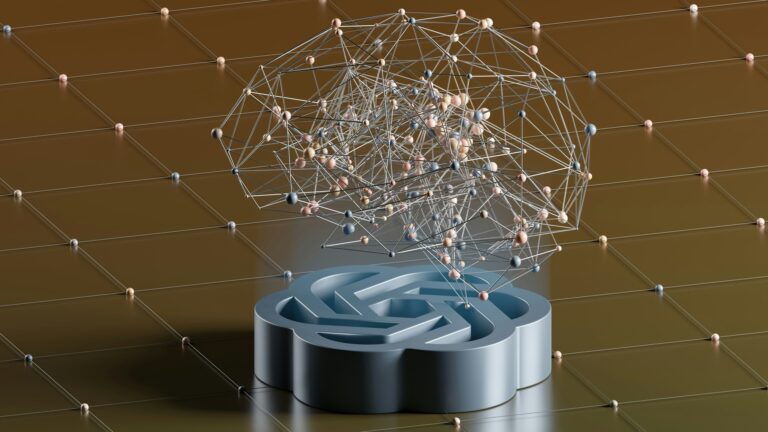
Introduction
In a world where our lives are increasingly digital—from smartphones to social media—crimes and disputes often leave traces in the virtual realm. Enter digital forensics, the science of recovering, analyzing, and presenting digital evidence to solve crimes, resolve disputes, or ensure cybersecurity. Whether it’s tracking a hacker, recovering deleted files, or investigating fraud, digital forensics plays a crucial role in today’s justice and security systems. This article explores what digital forensics is, how it works, its real-world applications, current trends, and its growing importance, all in an engaging and accessible way for everyone.
What is Digital Forensics?
Digital forensics is the process of collecting, preserving, analyzing, and presenting digital evidence from electronic devices, such as computers, smartphones, or cloud storage, in a way that is admissible in legal or investigative contexts. It combines technology, science, and investigative techniques to uncover facts about digital activities, whether for criminal investigations, corporate disputes, or cybersecurity incidents.
Key Branches of Digital Forensics
- Computer Forensics: Analyzing data from computers, including hard drives and software logs.
- Mobile Device Forensics: Extracting evidence from smartphones, tablets, and wearables.
- Network Forensics: Investigating data traffic and cyberattacks across networks.
- Cloud Forensics: Retrieving evidence from cloud-based services like Google Drive or Dropbox.
- Memory Forensics: Analyzing volatile data in a device’s RAM to uncover real-time activities.
For example, if a hacker breaches a company’s servers, digital forensics experts might recover deleted logs or trace the attacker’s IP address to build a case.
How Digital Forensics Works
Digital forensics follows a structured process to ensure evidence is reliable and legally admissible. Here’s a simplified overview:
- Identification: Determining which devices or data sources (e.g., phones, servers) may contain relevant evidence.
- Preservation: Creating exact copies (or “images”) of digital data to avoid altering the original, often using write-blockers to prevent changes.
- Analysis: Examining data using specialized tools to recover deleted files, analyze logs, or trace activities. Tools like EnCase or Cellebrite are commonly used.
- Documentation: Recording findings in a detailed, court-admissible report that explains the evidence and methods used.
- Presentation: Presenting findings to investigators, lawyers, or courts in a clear, understandable way.
For instance, in a fraud case, forensic experts might recover deleted emails from a suspect’s computer, preserve them in a tamper-proof format, and present them as evidence in court.
Real-World Applications of Digital Forensics
Digital forensics is vital across various sectors, helping solve crimes, protect businesses, and ensure justice.
Criminal Investigations
Law enforcement uses digital forensics to solve crimes like cyberbullying, fraud, or hacking. For example, in a 2023 case, the FBI used mobile device forensics to extract text messages from a suspect’s phone, linking them to a ransomware attack.
Corporate Investigations
Businesses rely on digital forensics to investigate internal issues like data theft or employee misconduct. If an employee leaks trade secrets, forensic experts can analyze their laptop to recover deleted files or trace unauthorized data transfers.
Cybersecurity
Digital forensics helps organizations respond to cyberattacks. After a data breach, experts analyze network logs to identify the attack’s source, assess damage, and prevent future incidents. For instance, after the 2024 Colonial Pipeline hack, forensics traced the ransomware’s origin.
Legal Disputes
In civil cases, such as divorce or intellectual property disputes, digital forensics uncovers evidence like hidden assets or stolen designs. For example, forensic analysis of a spouse’s cloud storage might reveal concealed financial transactions.
Counterterrorism
Government agencies use digital forensics to track terrorist activities online. By analyzing social media, encrypted messages, or dark web activity, experts can uncover plots or identify perpetrators.

Current Trends in Digital Forensics
As of June 2025, digital forensics is evolving to keep pace with rapidly advancing technology and sophisticated cyber threats. Here are key trends:
Artificial Intelligence in Forensics
AI is streamlining forensic analysis by automating tasks like pattern recognition in large datasets. Tools like Magnet AXIOM use AI to flag relevant evidence, reducing investigation time. AI also helps detect deepfake media, a growing challenge in fraud cases.
Cloud Forensics Challenges
With data increasingly stored in the cloud, forensics experts face challenges accessing encrypted or distributed data. New tools, like Oxygen Forensics’ cloud extractors, are being developed to retrieve evidence from platforms like iCloud or AWS.
Mobile Device Complexity
Smartphones with advanced encryption and biometrics require cutting-edge tools. Cellebrite’s UFED now bypasses complex locks on newer iPhone and Android models, aiding law enforcement in extracting critical data.
Blockchain Forensics
As cryptocurrencies grow, blockchain forensics tracks illicit transactions on public ledgers. Companies like Chainalysis analyze Bitcoin transactions to trace money laundering or ransomware payments, helping recover stolen funds.
IoT Forensics
The rise of IoT devices, like smart speakers or wearables, introduces new evidence sources. Forensic tools are evolving to extract data from devices like Amazon Echo, which may record audio relevant to a crime.
Benefits of Digital Forensics
Digital forensics offers significant advantages:
- Accuracy: Precise tools recover reliable evidence, ensuring justice.
- Speed: Automated analysis accelerates investigations, critical in time-sensitive cases.
- Versatility: Applicable to diverse scenarios, from crime to corporate disputes.
- Prevention: Insights from forensics strengthen cybersecurity, preventing future attacks.
- Legal Admissibility: Rigorous processes ensure evidence holds up in court.
Challenges of Digital Forensics
Despite its strengths, digital forensics faces hurdles:
- Encryption: Advanced encryption on devices or apps can block access to data.
- Data Volume: The sheer amount of digital data (e.g., terabytes from a single server) overwhelms investigators.
- Privacy Concerns: Balancing evidence collection with privacy rights is contentious, especially in cloud or mobile forensics.
- Rapid Tech Evolution: New devices and software require constant updates to forensic tools.
- Legal Variations: Differing laws across countries complicate cross-border investigations.
Addressing these challenges requires ongoing innovation, training, and international cooperation.
The Future of Digital Forensics
Digital forensics is poised for significant growth by 2030, driven by:
- AI-Driven Automation: AI will further streamline evidence analysis, handling complex datasets like video or encrypted files.
- Quantum Forensics: As quantum computing emerges, new forensic methods will tackle quantum-based encryption.
- Global Standards: Unified protocols for cloud and IoT forensics will improve cross-border investigations.
- Proactive Defense: Forensics will shift toward real-time threat detection, preventing crimes before they occur.
- Public Awareness: Training programs will empower more professionals to meet growing demand.
These advancements will ensure digital forensics remains a cornerstone of justice and security.

Conclusion
Digital forensics is a vital tool in our digital age, uncovering truth in a world where data is everywhere. From solving crimes to securing businesses, its applications are vast and essential. As trends like AI integration, cloud forensics, and IoT analysis drive its evolution, digital forensics is becoming faster, smarter, and more critical. By addressing challenges like encryption and privacy, this field can continue to protect society, deliver justice, and build a secure digital future for all.
Word count: 1000




